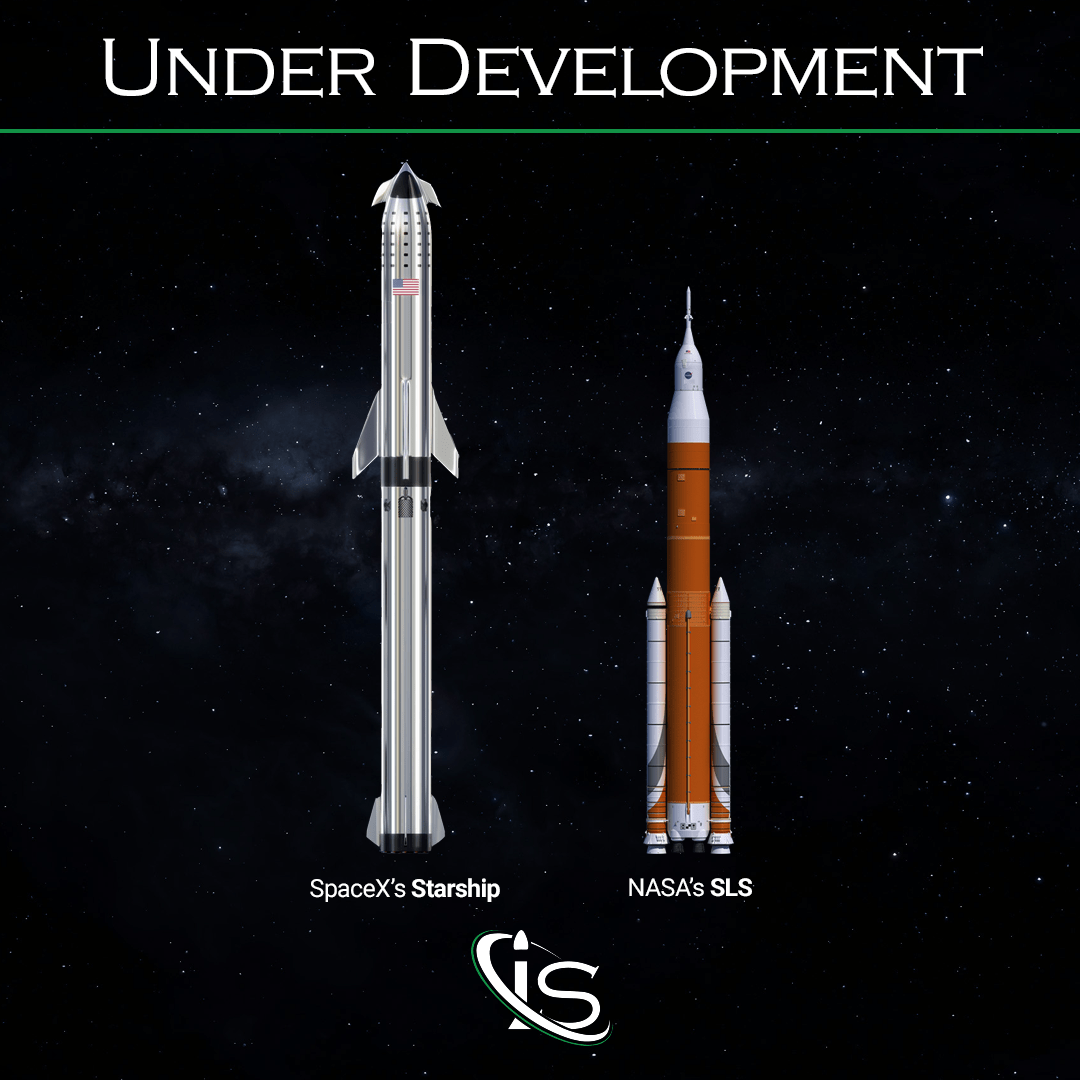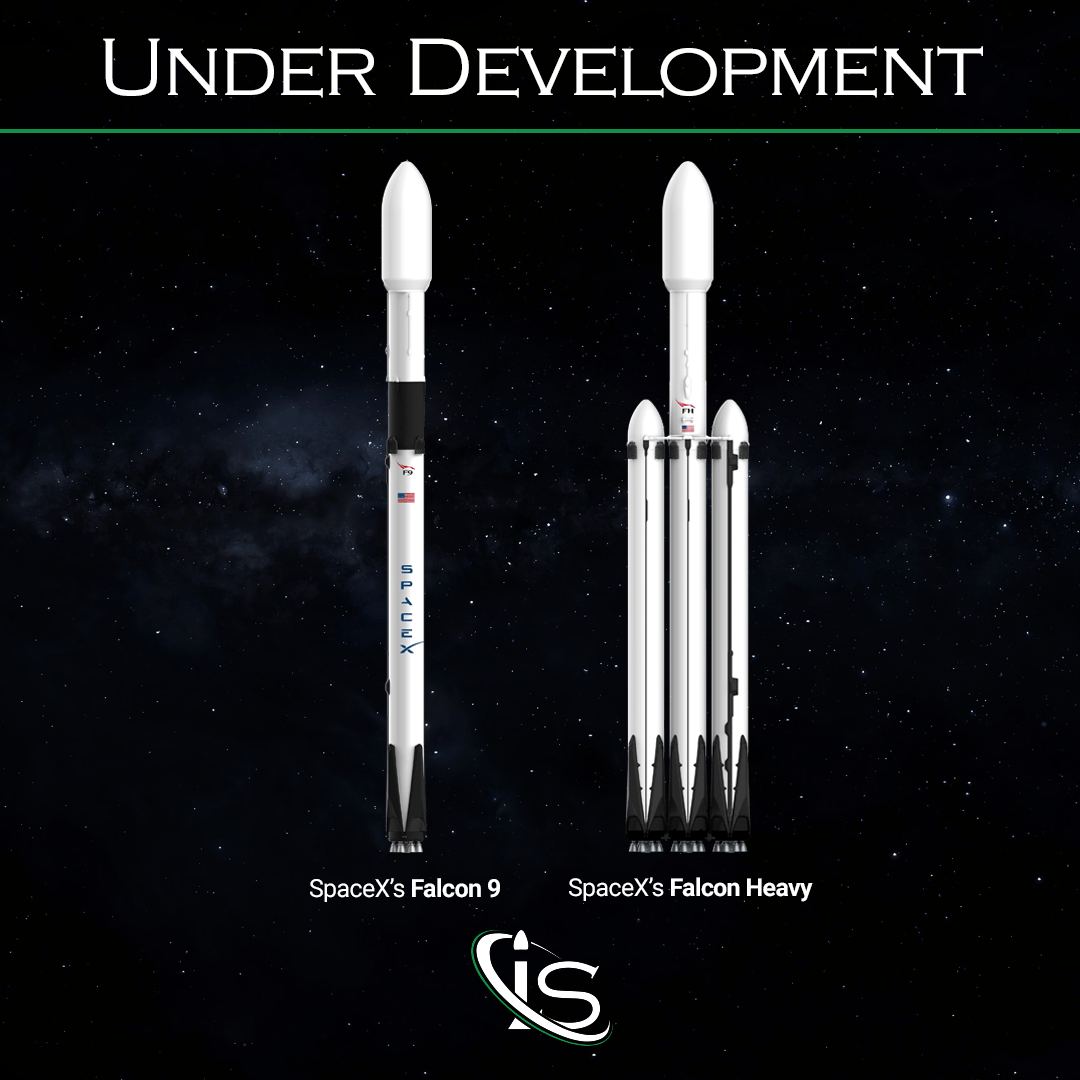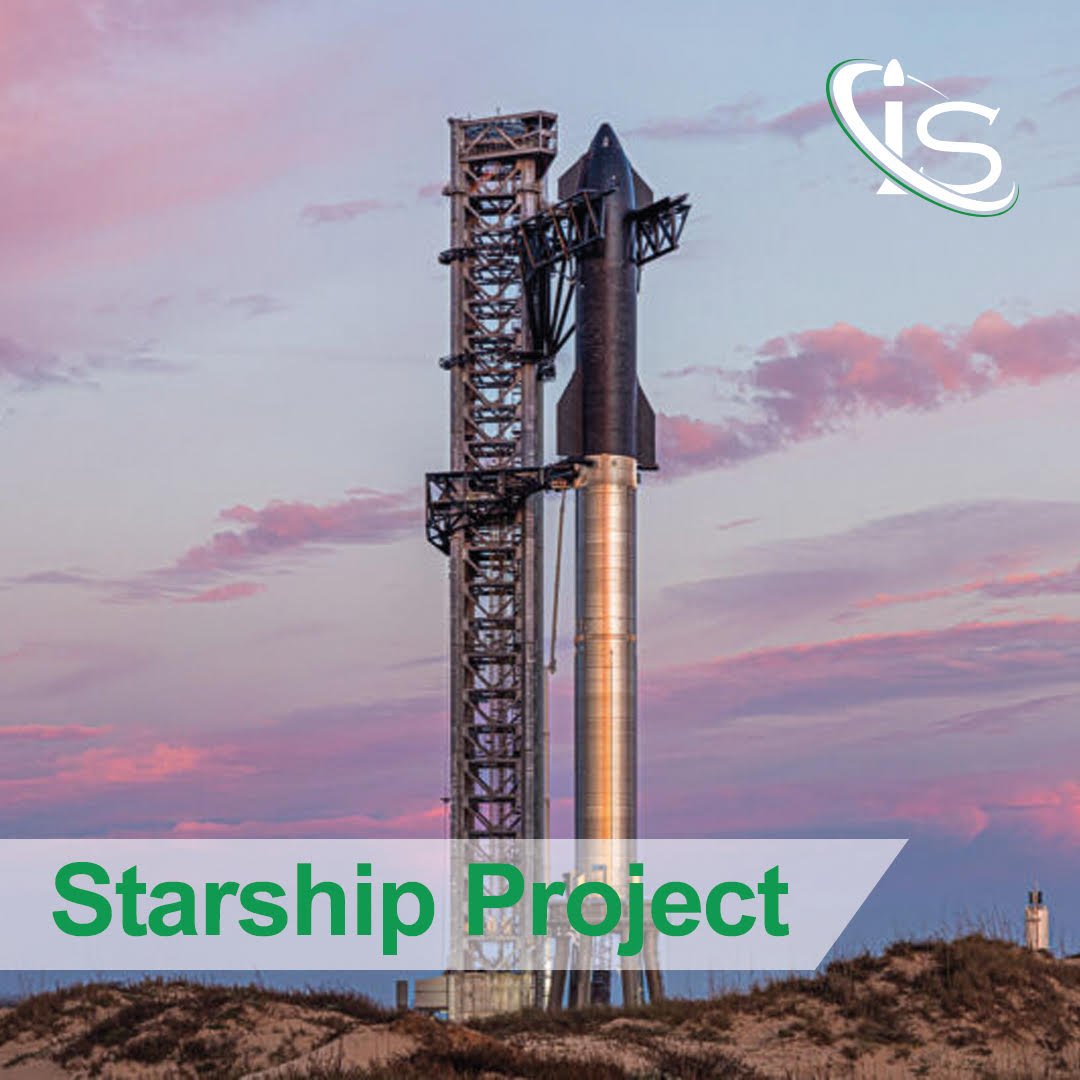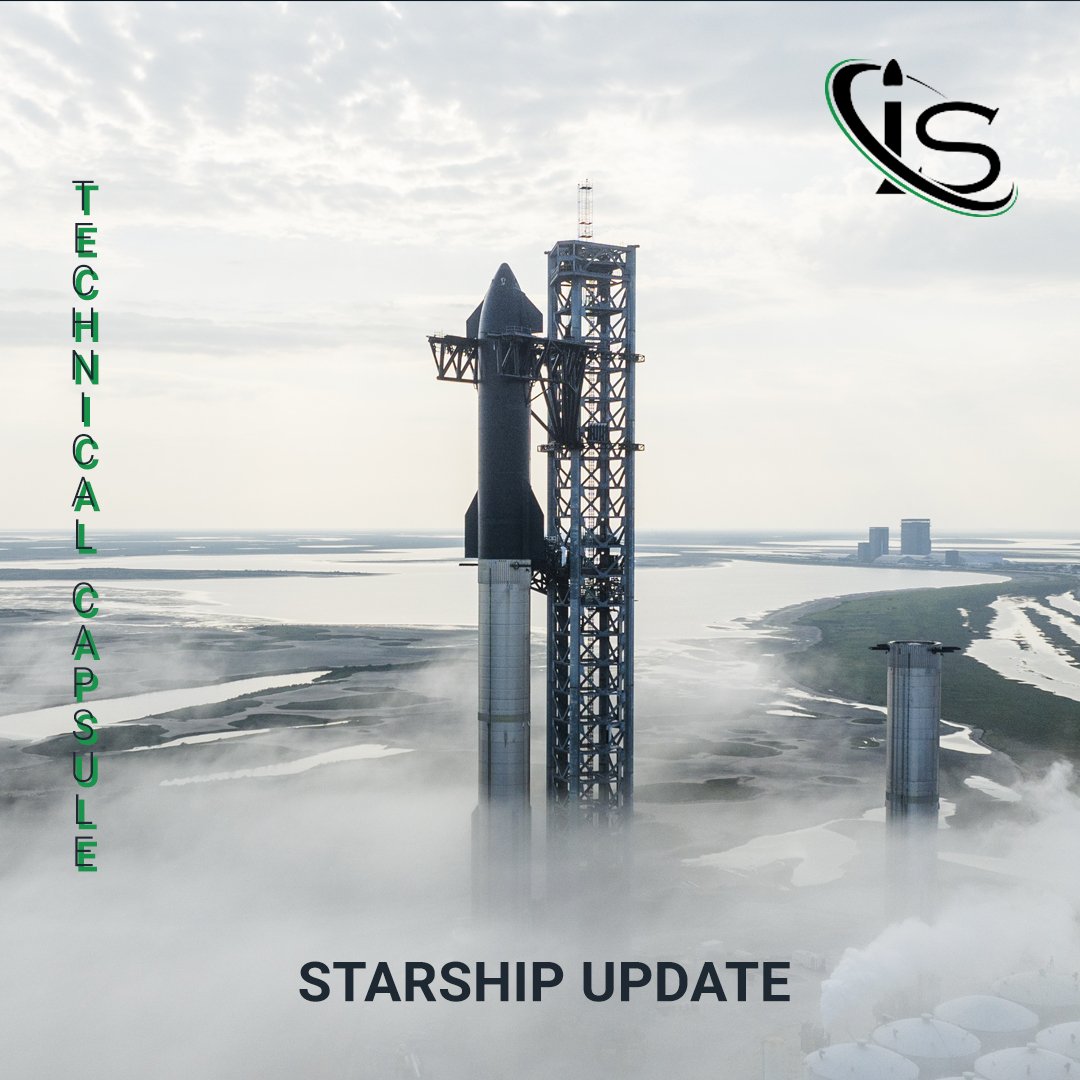Here we are with a new “Technical Capsule“! Today’s topic is a hot one, especially for the focus on ecology of the present day.
We will go through the history of rocket launches to compare how the attention to reusability has changed over the years. Starting with the forerunners of the last decades of the XX century, we will pass through the present-day reusable rockets and, finally, introduce the important project for the upcoming ones.
Before starting the article, I would like to specify that we will only talk about orbital rockets; if you want to know more about the suborbital launch vehicles, we can make a separate article. Let’s start!
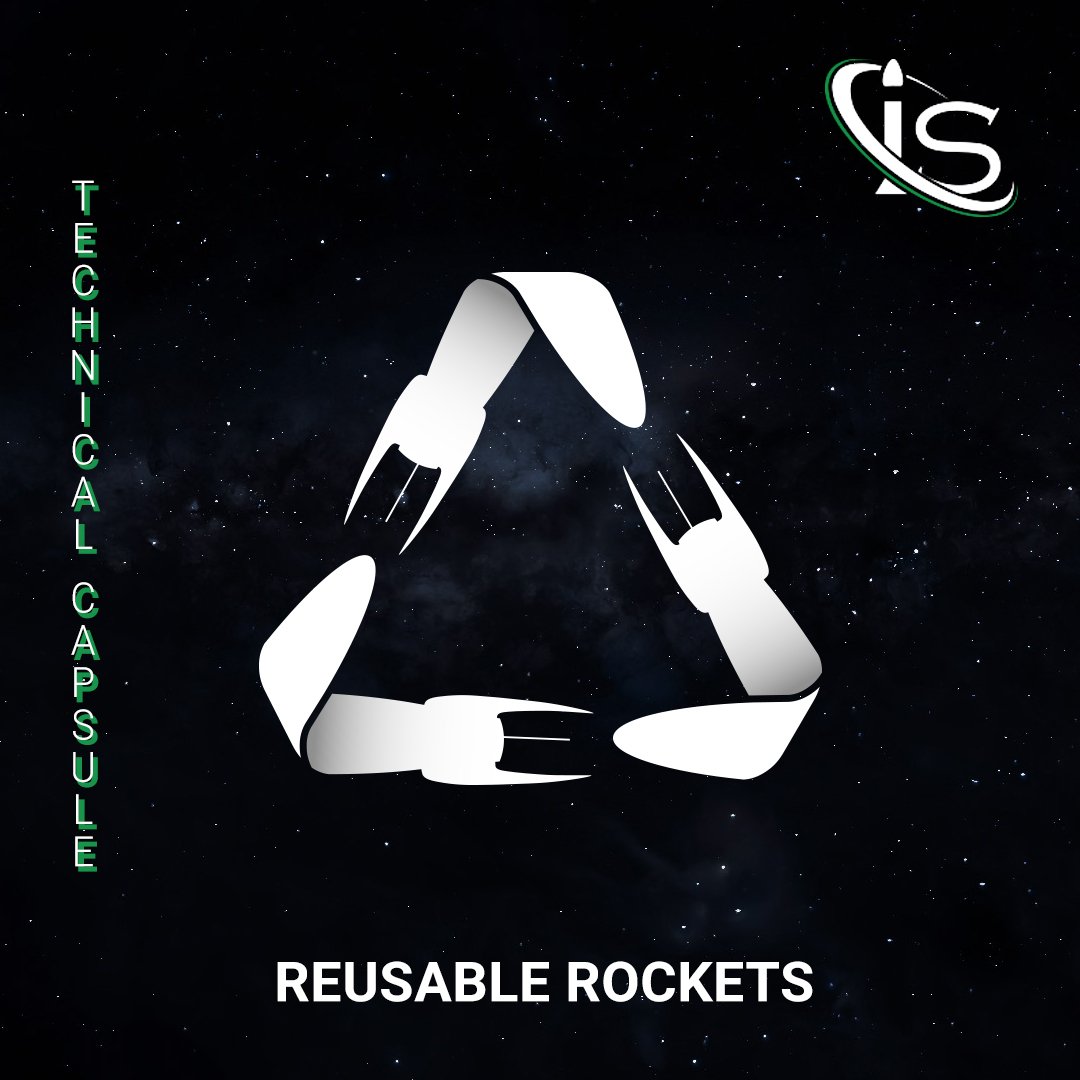
Space Shuttle, the first Reusable Rocket
The history of rocket reusability starts with the Space Shuttle, the most famous rocket of all time; everyone knows about this one, even people outside the space industry. In my opinion, the most memorable moment of the Space Shuttle flight is the landing; watching the landing of an aircraft that is coming back from space is incredible! And, in fact, the innovation of the Space Shuttle is precisely its reusability. But let’s dig deeper!
The Space Shuttle — which launched for the first time on April 12th, 1981 — is a rocket composed of an external tank, with two side solid boosters, and an orbiter, which is its spaceplane component. The only part not recovered after a launch was the external tank. Instead, the solid rocket boosters landed in the ocean with the help of parachutes; after their splashdown in the Atlantic Ocean, NASA recovered, examined, refurbished, and reused these boosters. The orbiter, as I mentioned before, landed as an airplane after its mission in space.
The Space Shuttle is a really interesting topic to study in great detail, and we’d love to explore all its launches; however, that is beside the point of this article. If you want to delve deeper into the Space Shuttle, or any other rocket, you can write it down in the Chatbox.
The SpaceX Revolution
With regard to reusability, the most important company to catch up with is, undoubtedly, SpaceX. Their Falcon 9 and Falcon Heavy are, in the present day, the most reused rockets: both the first stage, the boosters (for Falcon Heavy), and the fairing envelope return to Earth after their mission.
The recovery of the first stage has been a milestone for the advancement of SpaceX. The first attempt at a controlled landing on the ocean was on April 2014. The second important step was the first landing on a ground pad, on December 2015, with the Booster B1019; but, the turning point arrived in April 2016 with the landing of Booster B1021, which, on March 2017, became the first reused booster. Since that day, SpaceX has made great strides: over 170 successful landings and two different boosters that have been reused fifteen times!
The success of the first stage’s reusability was reflected in the boosters of Falcon Heavy. Since its maiden flight with the launch of the Tesla Roadster, both the first stage and the boosters were recovered; I’m pretty sure that everyone remembers the emblematic landing of those two boosters. If not, I recommend watching it!
As was alluded to before, SpaceX, also, recovers the fairing envelope of its rockets. This may not seem like much, but recovering and reusing the fairing envelope allows the company to avoid producing it for every launch; the estimate of the savings is about $6 million per launch!
Electron First Stage
Since we are on the subject of first-stage reusability, Rocket Lab Electron deserves a mention. The company is testing the recovery of its first stage with the use of parachutes. Since 2020, they have realized 3 successful splashdowns.
Please note we are talking about two very different rockets: the first stage of Falcon 9 is more than 40 m in height, while the whole of Electron is less than 20 m.
The reusability of Pegasus-XL and LauncherOne
It is worth mentioning another type of reusability: the air launch. The so-called Air-Launch-to-Orbit method is a rocket launch from an airplane. Northrop Grumman with its Pegasus has been the first to reach orbit with ALTO method. The first successful launch was in 1990, not many years after the first launch of the Space Shuttle! Since then, Northrop Grumman launched 40 successful rockets.
The only other company that was able to use this method was Virgin Orbit with its LauncherOne. The development of this rocket, however, is more recent: its first successful launch was at the beginning of 2021.
But what are the advantages and reusability of launching from an airplane? Well, I think that it is almost obvious, so we will go through this pretty quickly. Little premise: we are talking about very small rockets, about 20 m in height, since they need to be carried on an aircraft. The airplane, in this case, represents a sort of first stage for the rocket. It carries the rocket to about 11 km above ground and then releases it. In terms of reusability, this implies that this first stage, after releasing the rocket, will come back to the ground as a normal airplane. So it will be 100% reusable for the next mission.
For the other pros and cons of The ALTO method, you can read the article “Air Launch vs Vertical Liftoff“.
What comes next?
In the future, the most important achievement will be the launch of a fully reusable rocket.
The one we are waiting for with trepidation is the SpaceX Starship (check its updates in the article SpaceX Starship). The Starship system, made up of the Superheavy, the booster, and the ship “Starship”, will be fully reusable. The booster, 69 m tall, will land to Earth after separating from Starship and will be caught with the arm of the Starship tower, called Mechazilla. The Ship, instead, will not only land on the Terran ground, but also on the Lunar and Martian ones.
In this next paragraph, we have a new character in the space landscape: Relativity. Relativity, a company that is building fully 3D printed rockets, will launch its first rocket Terran 1, in the next few days; however, they are already thinking of its big brother, Terran R, which will be a fully reusable rocket and is currently under development. Relativity is planning to launch Terran R next year. Make sure to stay up-to-date on its launch schedule!
Also, Rocket Lab is taking a little step toward building a partially reusable rocket: the Neutron. This rocket will be much bigger than its little brother Electron: it will be able to carry about 8000 kg to LEO in its reusable configuration. Rocket Lab is planning to land the first stage on a platform in the Ocean, following the Falcon 9 landings.
Special Mentions
- Vulcan Centaur: a new rocket with its maiden flight scheduled for the end of this month. This is a ULA product, and even though — in its first launches — it will be fully expandable, ULA is working to develop techniques to reuse the engines and the boosters. We will keep an eye on it!
- New Glenn: Blue Origin, the rocket company founded by Jeff Bezos, is designing a heavy-lift launch vehicle with the first stage being fully reusable. The rocket is scheduled to launch in 2024.
- Since we are a European company, we want to mention the ESA project. This was just presented during the inauguration of the new European Space Center, in Esrange. The rocket is Themis, and it is designed to be a reusable one. It will pave the way for the reusable launcher Ariane Next, which should first take flight in the 2030s.
Conclusions
We just went through a fast roundup of various rockets, but what was the real objective? We wanted to highlight how the space industry is moving ahead to improve its launch vehicles. Reusability is, without a doubt, an important turning point for preserving raw materials. A launch will no longer correspond to the loss of all materials needed to construct the rocket. Furthermore, reusable rockets will reduce the industries’ pollution for the production of rockets.
Last, but not least, the reusability will reduce the costs of launching rockets, making the space industry more accessible for the smaller operators. Just think about how the recovering of the fairing envelope — which is very small with respect to the overall rocket — is saving about $6 million per launch.
This is where we end our article on reusable rockets. I hope you enjoyed it and that you will come back next Wednesday for a new Technical Capsule. Next month we will have articles on the Pollution from a Rocket Launch, so I will see you back here for those!

